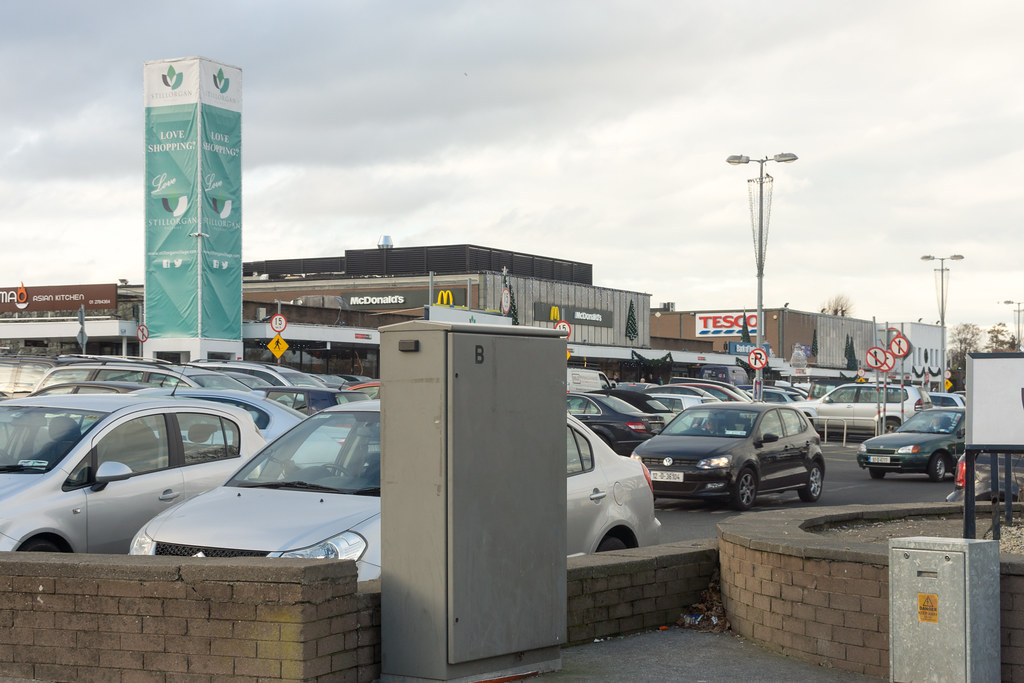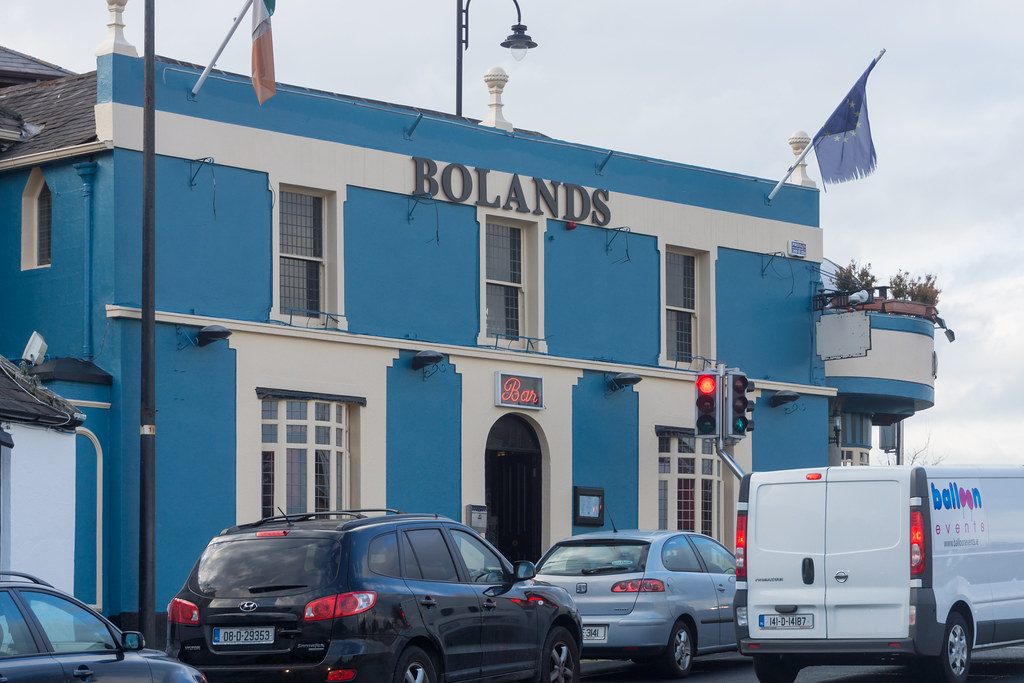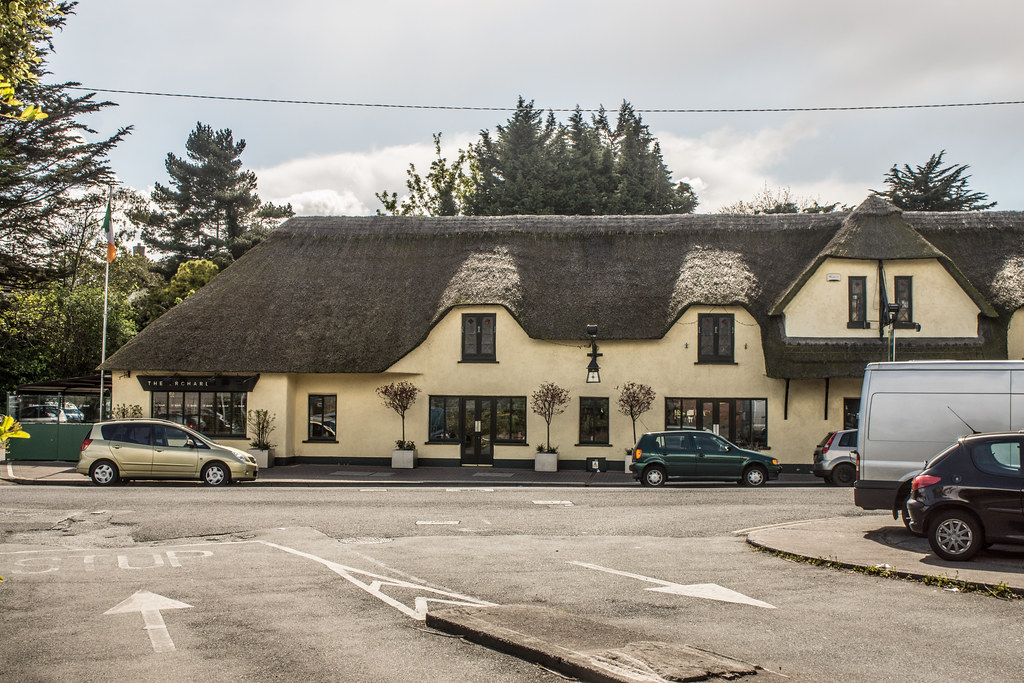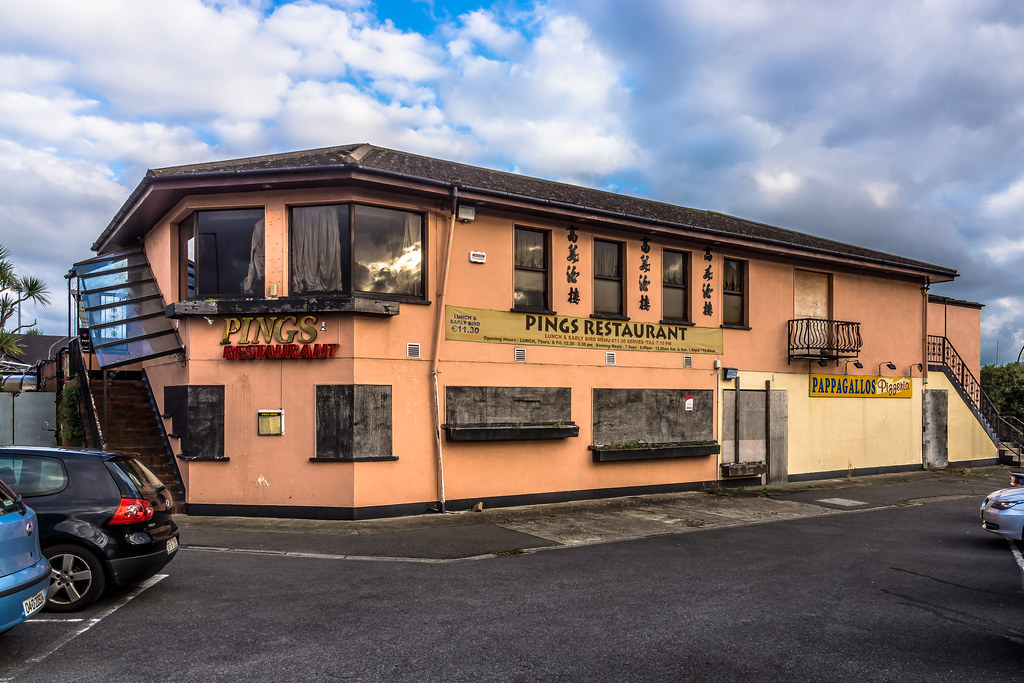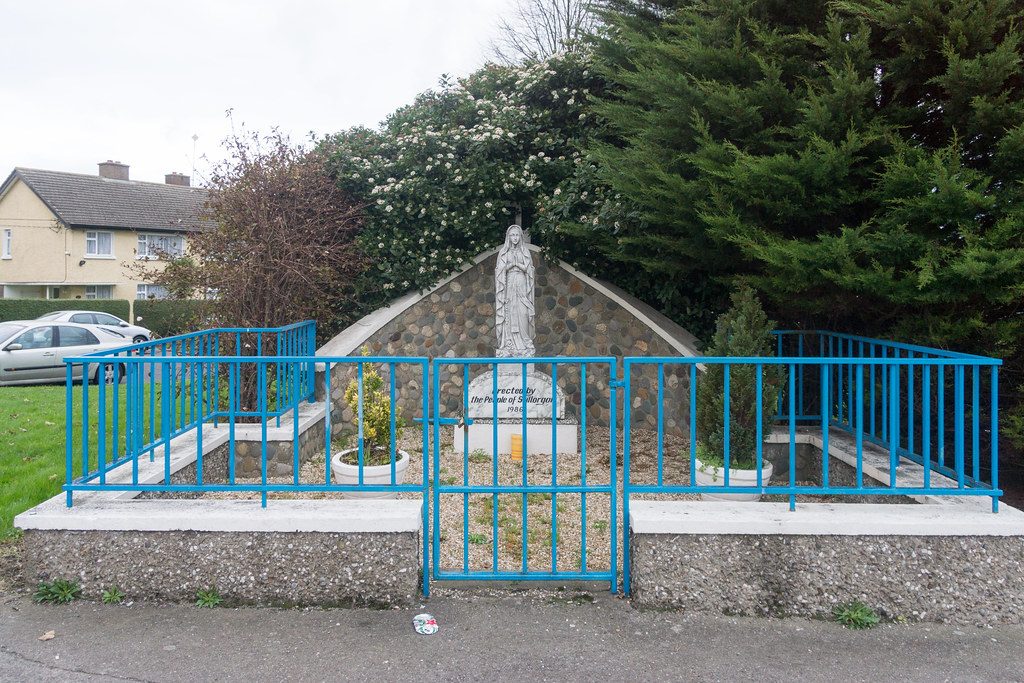
Custom Search
THE GREEN MENU OPTIONS ARE MOBILE FRIENDLY AND ARE FASTER SO THEY ARE RECOMMENDED. THE RED MENU OPTIONS ARE SOMEWHAT SLOWER DEPENDING ON YOUR DEVICE OR BROWSER AND ARE MORE SUITABLE FOR DESKTOPS AND LAPTOPS. THE BLUE OPTIONS ARE PAGE LINKS AND WILL BE PHASED OUT GOING FORWARD
STILLORGAN
SORRY FOR THE DELAY
Stillorgan, formerly a village in its own right, is now a suburban area of Dublin in Ireland. Stillorgan is located in Dún Laoghaire–Rathdown, and contains many housing estates, shops and other facilities, with the old village centre still present. Stillorgan neighbours other southside districts such as Kilmacud, Mount Merrion, Sandyford, Leopardstown, Dundrum, Blackrock, Goatstown and Foxrock.
The suburban region defined as the Stillorgan electoral area of Dún Laoghaire–Rathdown, an area considerably larger than Stillorgan village, had a population of 19,840 at the 2006 census.
I lived in Stillorgan from 1960 to 1985 and it was a great place where everything happened first. We had the first Shopping Centres in In Ireland, the first bowling alley in Ireland and the first ATM.
The N11 road leads out from the city, passing through Stillorgan, towards the major commuter town of Bray. It has bypassed Stillorgan centre since the mid-1970s when the Stillorgan Bypass was opened to the east. The N11 hosts the 'Stillorgan Bus Corridor' (QBC) which runs along the N11 in both directions from St. Stephen's Green to Foxrock. Stillorgan is a major bus interchange and the Stillorgan QBC is the most heavily used in Ireland, featuring the busiest and most frequent bus route, the 46A to Dún Laoghaire. Aircoach provides a direct link to the Dublin Airport via Dublin city centre.
Stillorgan also has a station on the Luas green line, next to the reservoir and Sandyford Industrial Estate [a long walk from Stillorgan Village]. It has a commuter bus link to the shopping centre. The green line is 20 km in length with 22 stops and links Bride's Glen and St Stephen's Green. The Luas follows a line similar in some places to the old railway line in the area. Stillorgan railway station opened on 10 July 1854, closed for goods traffic in 1937 and finally closed altogether on 1 January 1959.
The suburban region defined as the Stillorgan electoral area of Dún Laoghaire–Rathdown, an area considerably larger than Stillorgan village, had a population of 19,840 at the 2006 census.
I lived in Stillorgan from 1960 to 1985 and it was a great place where everything happened first. We had the first Shopping Centres in In Ireland, the first bowling alley in Ireland and the first ATM.
The N11 road leads out from the city, passing through Stillorgan, towards the major commuter town of Bray. It has bypassed Stillorgan centre since the mid-1970s when the Stillorgan Bypass was opened to the east. The N11 hosts the 'Stillorgan Bus Corridor' (QBC) which runs along the N11 in both directions from St. Stephen's Green to Foxrock. Stillorgan is a major bus interchange and the Stillorgan QBC is the most heavily used in Ireland, featuring the busiest and most frequent bus route, the 46A to Dún Laoghaire. Aircoach provides a direct link to the Dublin Airport via Dublin city centre.
Stillorgan also has a station on the Luas green line, next to the reservoir and Sandyford Industrial Estate [a long walk from Stillorgan Village]. It has a commuter bus link to the shopping centre. The green line is 20 km in length with 22 stops and links Bride's Glen and St Stephen's Green. The Luas follows a line similar in some places to the old railway line in the area. Stillorgan railway station opened on 10 July 1854, closed for goods traffic in 1937 and finally closed altogether on 1 January 1959.
- 60 houses were built at Beaufield Park in the 1930s
- The Merville Estate was built in the 1950s on land belonging to the Jolly family dairy farm.
- St Laurence’s Park were completed in October 1954.
- The Stillorgan Bowl opened in December 1963, the first bowling alley in Ireland.
- The first shopping centre to be built in Ireland opened in Stillorgan in 1966. It was opened by Dickey Rock. It had 3 supermarkets, Powers, Liptons and Quinnsworth. The road in front of the shopping centre was completely lined with cottages built during the early 19th century and, to enable the construction of the centre, they were knocked down. They extended from the Christian Brothers' school Oatlands College to the end of the Dublin Road and up the Lower Kilmacud road. The rubble was used to fill in and level the lands that are now Pairc De Burca, the playing field of Kilmacud Crokes. Discussions have been ongoing for many years about expanding and updating the centre. It was planned to be redeveloped by Treasury Holdings in 2008. The 'Blakes'/'Burn Nightclub' site has also planning permission for a multi-story apartment complex with some commercial units. The Leisureplex area to the Library is also due to be redeveloped.
SORRY FOR THE DELAY
- The location of Stillorgan Castle became the House of St John of God when the Hospitaller Order moved there in 1883, it is now a major psychiatric hospital.
- One of the most prominent architectural features is the large 18th century obelisk designed by Edward Lovett Pearce for the second Viscount Allen; Pearce resided in Stillorgan in a house known as The Grove, which was demolished to make way for Stillorgan Bowl (now LeisurePlex).
- The present St. Brigid's Church of Ireland was built in 1706 on the site of an earlier church, thought to have been linked to St. Brigid's Monastery in Kildare. The current Rector is Rev. Ian Gallagher.
- A large open reservoir, called Stillorgan Reservoir, is situated near the Sandyford Industrial Estate. The water is piped from the Vartry Reservoir near Roundwood in County Wicklow.
- Stillorgan's oldest pub is Bolands, latterly styled Bolands on the Hill. While it was reopened as 'McGowan's' following a change of lease-holder in 2010, it reverted to 'Bolands' in 2012. In its older manifestation it was a local drinking refuge of many South Dublin writers, among them Brian O Nuallain (Myles na gCopaleen) and Maurice Walsh.
- The first Ormonde Cinema was built and opened in 1954, seating 980 people with a large car park to the side. It was completely demolished in 1978, the site being occupied by the AIB Bank at Stillorgan Plaza. The new Ormonde Cinema opened in the early 1980s as a smaller multi screen venue. In summer 2011, the Ormonde Cinema was refurbished and opened as a UCI cinema, and later Odeon.
- Stillorgan Reservoir was built in the 19th century as part of Dublin Corporation’s waterworks on the lands of an 18th-century house called Rockland, later known as Clonmore
- Henry Darley's brewery 1800s. It was located what is now The Grange, Brewery Road.
- Cullen’s was a grocery shop as well as a pub in the 1920s and 1930s. It is now the site of the Stillorgan Orchard which was thatched in the 1980s. It was previously called The Stillorgan Inn.
